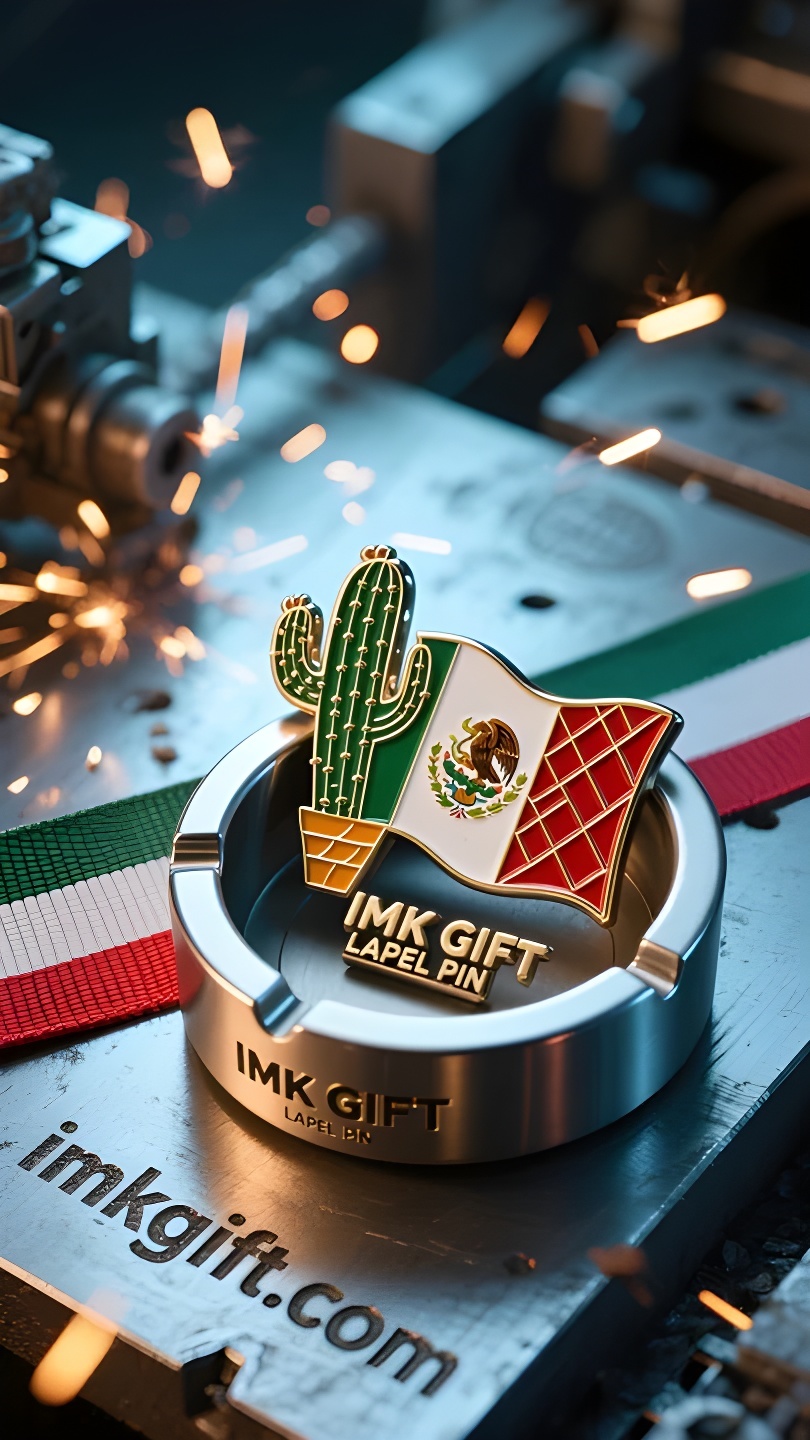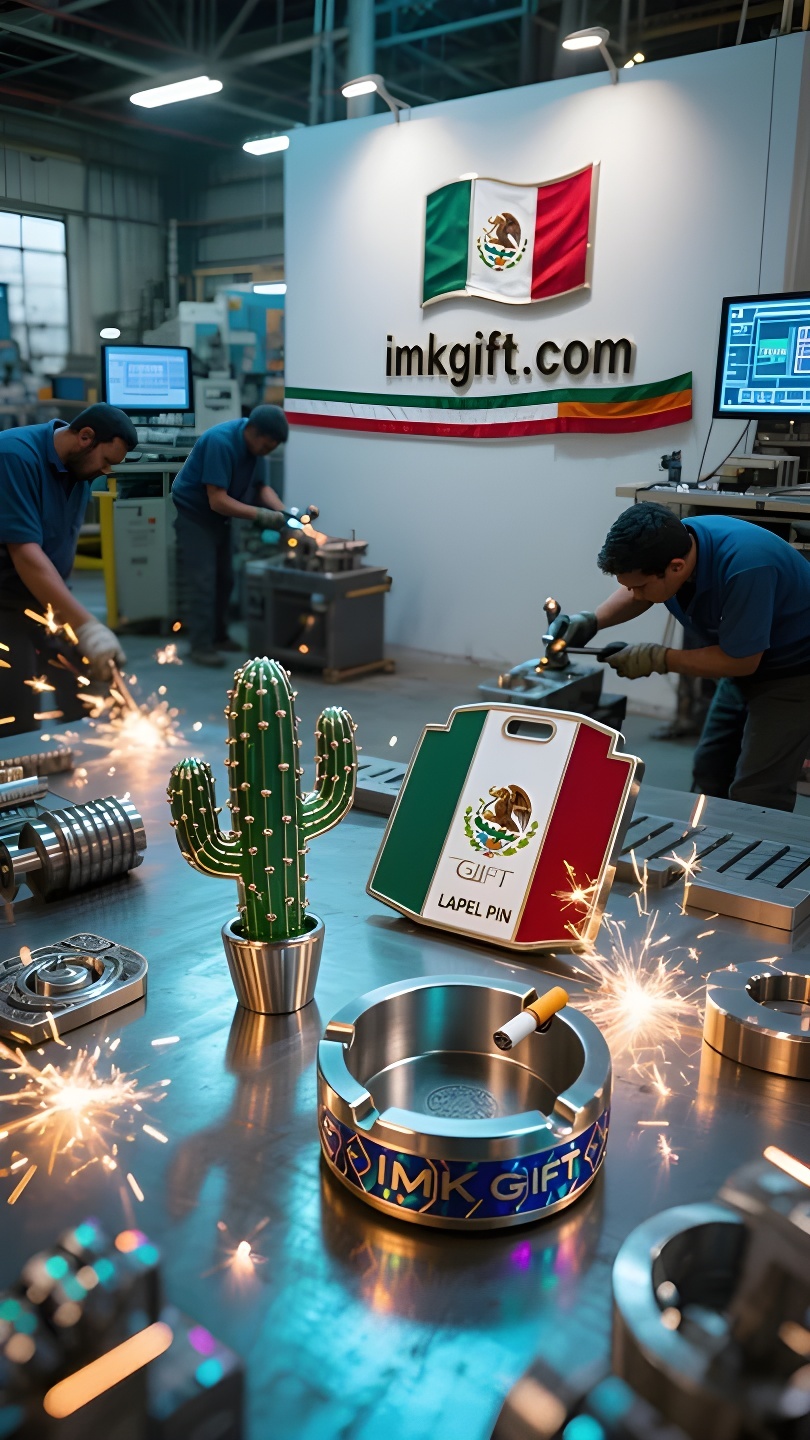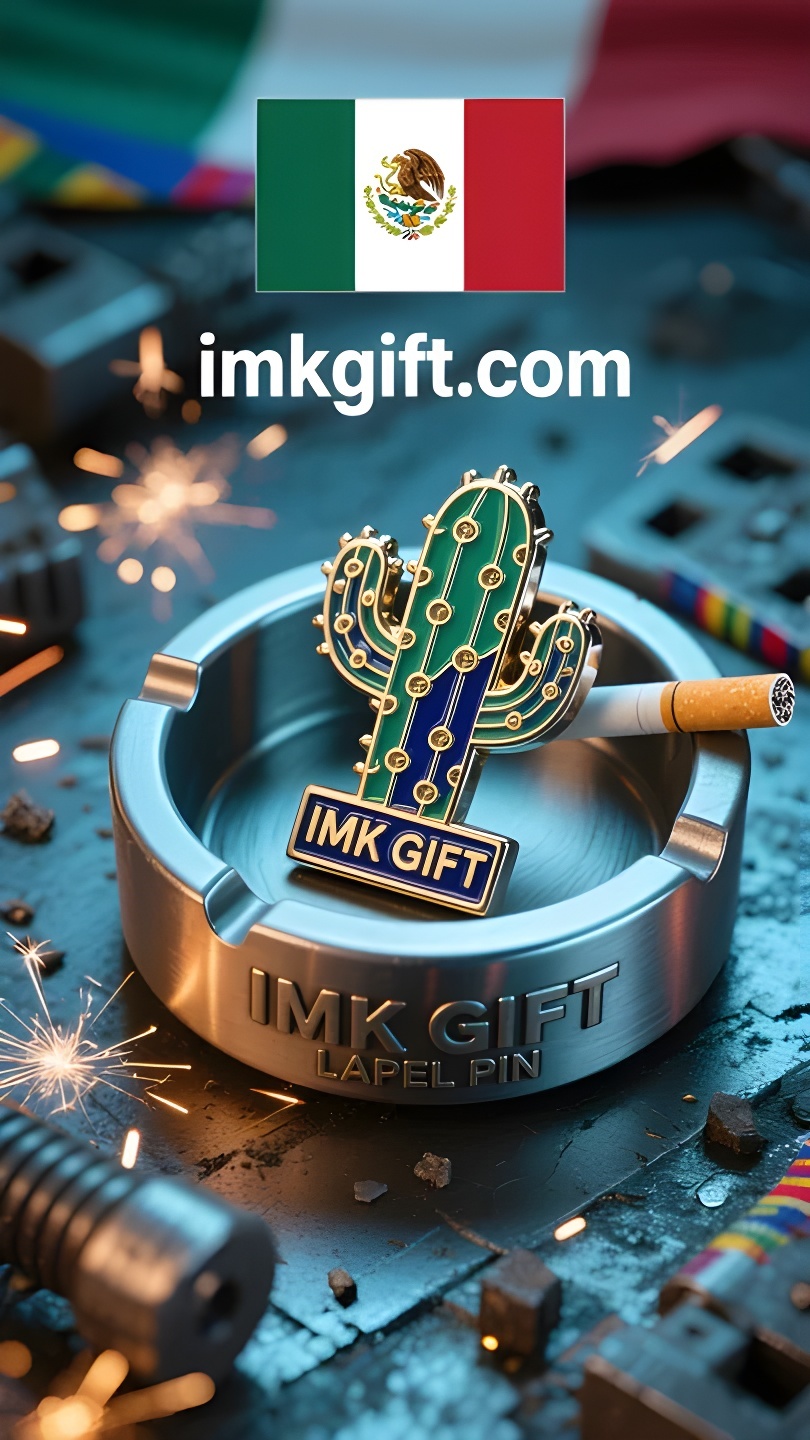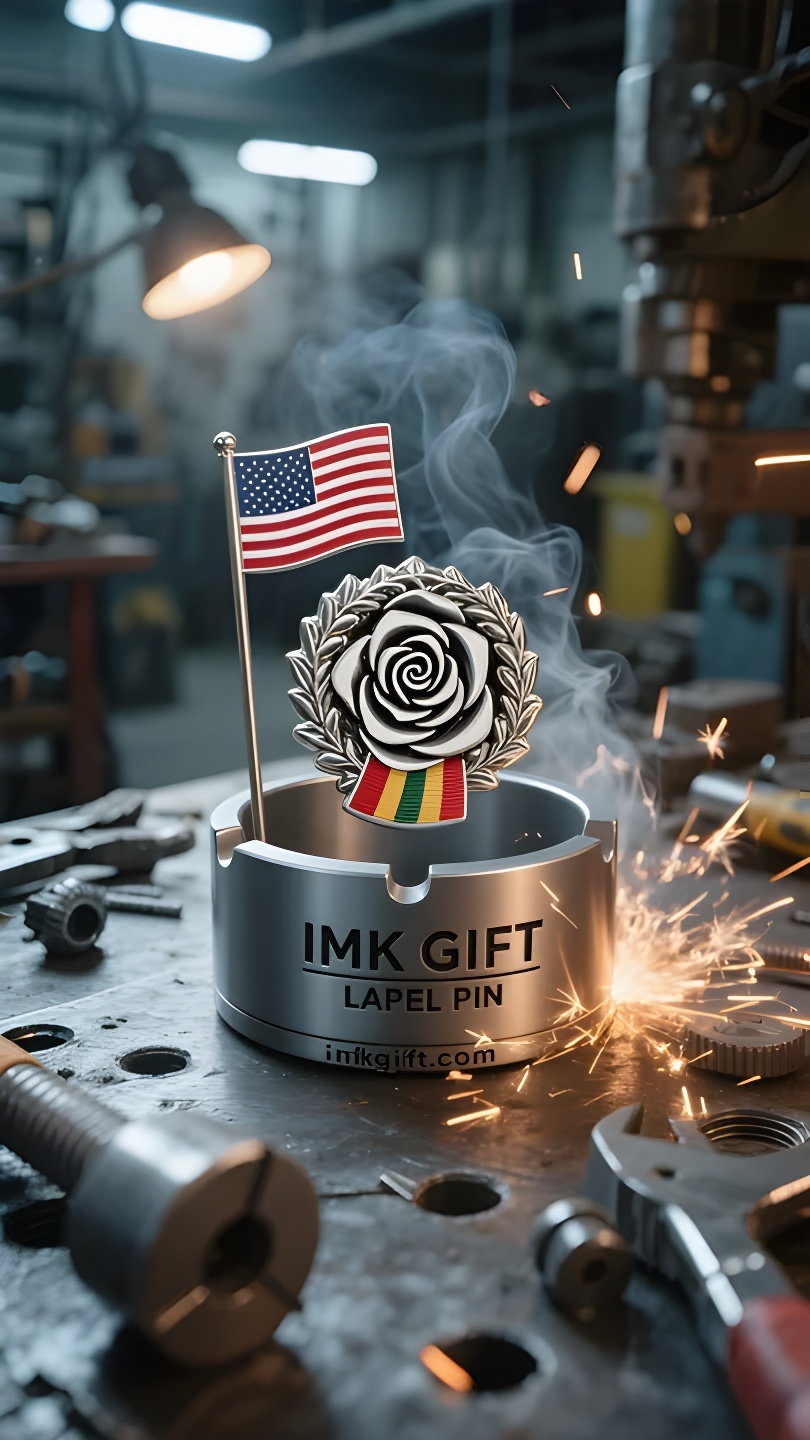in995-El-fuego-del-renacimiento-en-el-cenicero-de-cactus
▼
En el centro de la bandera mexicana, un águila se yergue orgullosa sobre un cactus, sosteniendo una serpiente venenosa en su boca, narrando la leyenda de la fundación de la nación azteca. Este cactus, arraigado en el desierto, no solo es un tótem del espíritu nacional, sino también un gen tenaz grabado en la sangre de los mexicanos. Los artesanos modernos infunden esta vitalidad en utensilios cotidianos, y el cenicero de cactus tallado en roca volcánica se está convirtiendo en una metáfora alternativa para que la gente contemporánea luche contra las dificultades. Cuando las brasas de un cigarro caen en las ranuras del cactus, los restos grises y blancos forman un marcado contraste con el diseño verde oscuro de la piedra. Esto es como una representación de la trayectoria de la vida: por muy ardiente que sea la llama, eventualmente se apagará, pero las cenizas mismas albergan la posibilidad de una nueva vida. Los artesanos mexicanos diseñaron el cenicero con forma de suculentas, lo que implica que la tierra después de quemarse suele ser la más fértil. Al igual que el cactus del desierto, siempre puede convertir el sol abrasador en energía para almacenar agua, brotando con vitalidad en lugares aparentemente áridos. En el Mes de la Independencia de México, este cenicero nos recuerda que la verdadera valentía no consiste en evitar quemarse, sino en aprender a sembrar semillas en las cenizas. Cuando las colillas de la frustración llenen los surcos, no olvidemos que las raíces del cactus se extienden en las profundidades invisibles. Cada colilla aplastada puede convertirse en el nutriente que nutra la próxima primavera. Así como el águila de la bandera nacional siempre mira a la distancia, también debemos aprender a proteger el fuego eterno de nuestros corazones en las cenizas de la vida.
In the center of the Mexican flag, an eagle stands proudly on a cactus, holding a poisonous snake in its mouth, telling the legend of the founding of the Aztec nation. This cactus rooted in the desert is not only a totem of the national spirit, but also a tenacious gene engraved in the blood of Mexicans. Modern craftsmen inject this vitality into daily utensils, and the cactus ashtray carved from volcanic rocks is becoming an alternative metaphor for contemporary people to fight against difficulties. When the cigar embers fall into the grooves of the cactus shape, the gray and white debris forms a sharp contrast with the dark green stone pattern. This is just like a portrayal of the trajectory of life – no matter how hot the flame is, it will eventually go out, but the ashes themselves contain the possibility of new life. Mexican craftsmen designed the ashtray in the shape of succulents, implying that the soil after burning is often the most fertile. Just like the cactus in the desert, it can always convert the scorching sun into water storage energy, bursting into vitality in seemingly barren places. In the Mexican Independence Month, this ashtray reminds us that true courage is not to avoid burning, but to learn to plant seeds in the ashes. When the cigarette butts of frustration fill the grooves, don’t forget that the cactus roots are spreading in the invisible depths. Every crushed cigarette butt may become the nutrient that nourishes the next spring. Just like the eagle on the national flag always gazes into the distance, we must also learn to protect the eternal fire in our hearts in the ashes of life.
在墨西哥国旗中央,雄鹰傲立于仙人掌上,衔着毒蛇的意象诉说着阿兹特克人建国的传说。这株扎根于荒漠的仙人掌,既是民族精神的图腾,也是墨西哥人刻入血脉的坚韧基因。而现代工匠将这种生命力注入日常器物,用火山岩雕刻的仙人掌烟灰缸,正成为当代人对抗困境的另类隐喻。
当雪茄余烬坠入仙人掌造型的凹槽,灰白碎屑与墨绿石纹形成强烈对比。这恰似人生轨迹的写照——再炽热的火焰终会熄灭,但灰烬本身蕴含着新生的可能。墨西哥手艺人将烟灰缸设计成多肉植物的形态,暗喻着被灼烧后的土壤往往最肥沃。正如沙漠中的仙人掌,总能将灼热的阳光转化为储水的能量,在看似贫瘠处迸发生机。
在墨西哥独立纪念月里,这方烟灰缸提醒着我们:真正的勇气不是避免燃烧,而是学会在灰烬里埋下种子。当挫折的烟蒂堆满凹槽时,别忘了仙人掌根系正在看不见的深处蔓延。每个被碾灭的烟头,都可能成为滋养下一个春天的养料。就像国旗上的雄鹰永远凝视远方,我们也要学会在生活的灰烬中,守护内心不灭的火种。
▼
Contact Us
📞 Tel: +0086-760-85286839
📧 Email: sales3@imkgift.com








